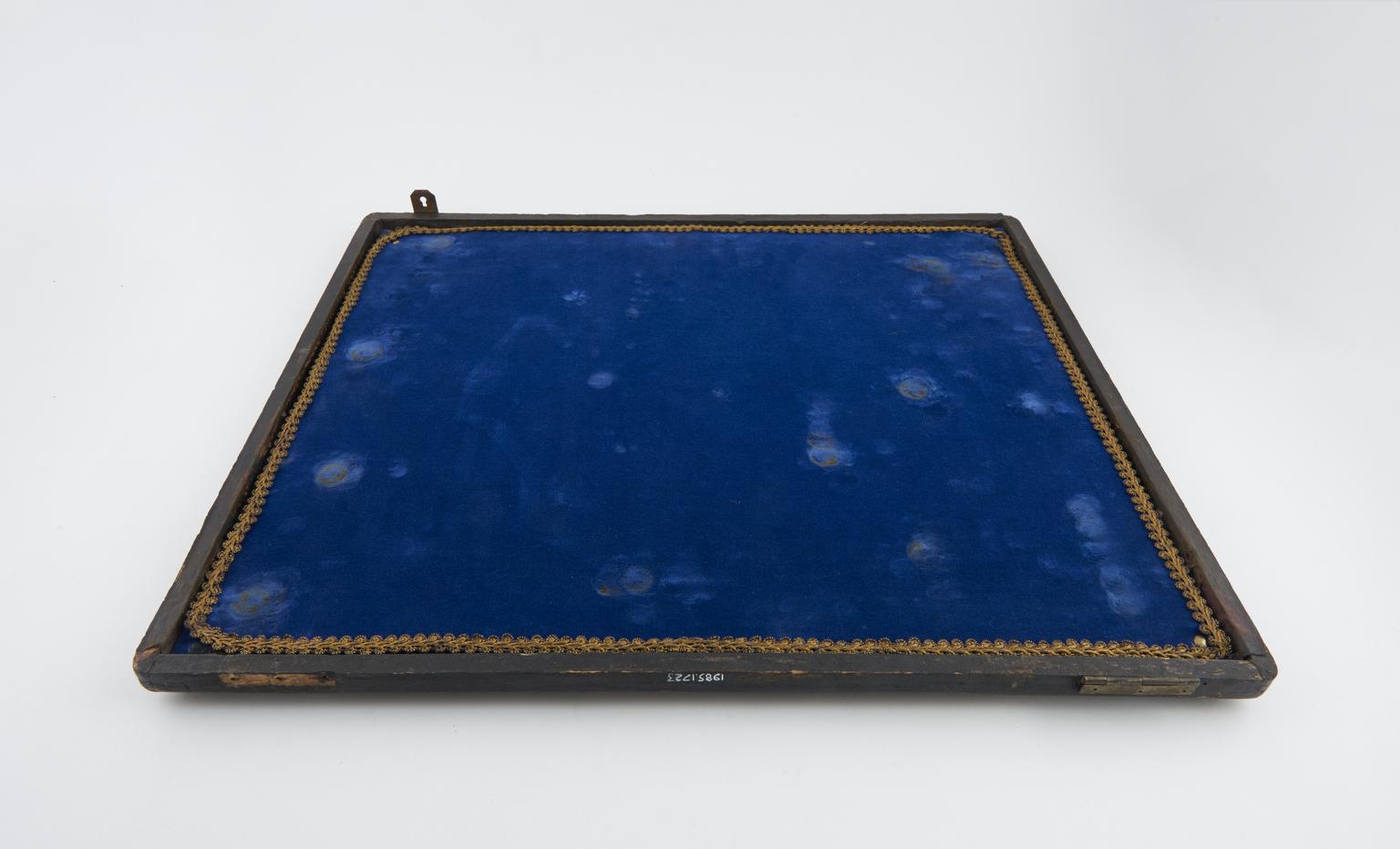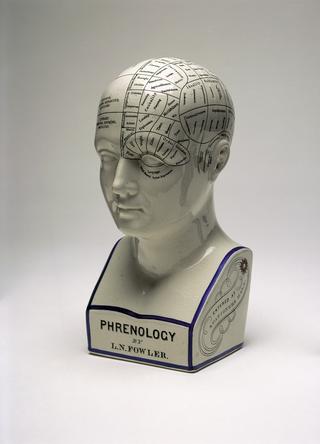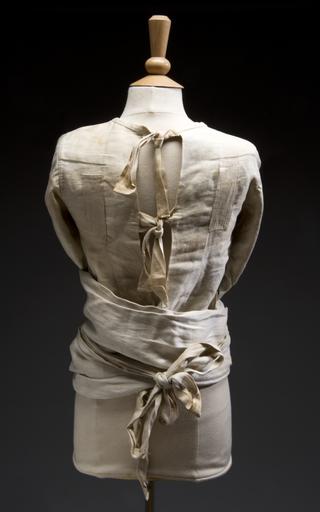Orthometre brass eye measuring instrument in velvet lined wooden case, 1895. Designed by Alphonse Bertillon in Paris, France as a criminal identification tool.
The protrusion or retraction of the eyeballs is measured by an Orthometre. It was designed by French criminologist Alphonse Bertillon (1853–1914) for his ‘anthropometrics’ system. This recorded detailed physical measurements to identify individuals. Bertillon used various tools to measure height, head circumference, arm length, leg length, finger lengths and eyeball protrusion. His system was used to identify suspects in criminal cases. The system was extremely popular in France, leading to many convictions. It was superseded by more accurate and less labour-intensive fingerprinting. Bertillon pioneered many modern forensics techniques such as the ‘mug shot’, which is the standardised photography of criminals.



































